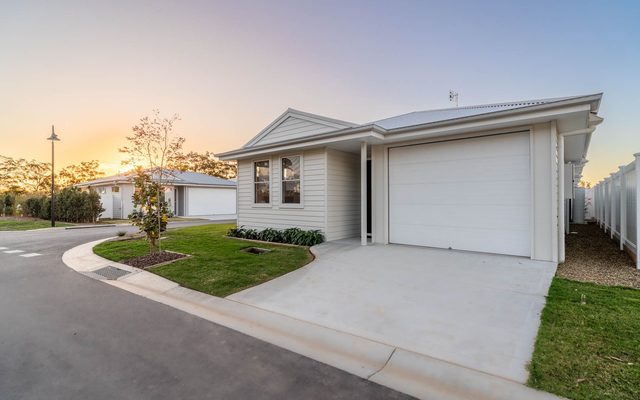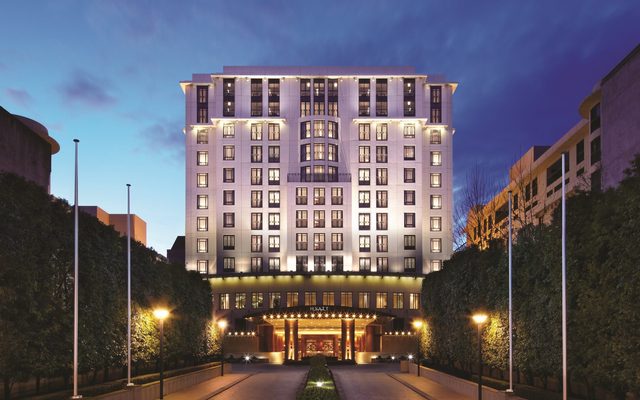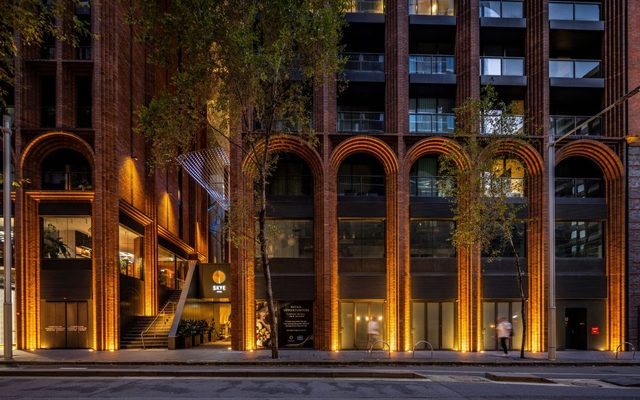This article is from the Australian Property Journal archive
DESPITE the global economic uncertainty, Australia’s tourism sector is growing strongly, with demand from Chinese visitors forecast to reach the equivalent of 10 extra Airbus A380 services per week by 2018, according to Deloitte Access Economics.
The latest Deloitte Access Economics Tourism and Hotel Market Outlook has again upwardly revise its forecasts for international visitation, with trips to grow by 5.4% and visitor nights by 5.3% per annum over the next three years.
Deloitte Access Economics partner Lachlan Smirl said 2015 saw China join the million visitors a year club.
“The fact this occurred a year earlier than expected reinforces the extraordinary pace at which the number of visitors from China is growing. Average visitation growth in 2015 was faster over the preceding five years. At this rate, Australia’s first ever two million visitors a year market may be closer than we thought,”
“The forecast for China alone is for another 285,000 visitors per year by 2018 – equivalent to an extra 10 return A380 services every week. When each of those people spends an average $7,300 in our domestic economy, it really adds up.
“At current prices, we would need to ship 160 tonnes of iron ore to China to get the same trade gain as an extra Chinese tourist choosing to holiday in Australia. It’s a simplistic comparison, but you can see where the opportunity lies,” Smirl pointed out.
“Either directly or indirectly, tourism employs around 8% of Australia’s workforce, or almost 1 million people. So the positive effects of growth in tourism will be widespread,” he added.
According to report, China is not the only market that is growing. 75% of Australian source markets grew above their five-year trend, and 25% of markets grew at twice that pace. The United States was the main rebounder with 50,000 more visitors, or 9% in 2015.
Tasmania topped the growth league table, with international visitor numbers growing 19%, boosted by a 40% increase from China.
Victoria saw the second fastest growth in international visitor arrivals – 11% evenly split between corporate and leisure travel. Visitation to the Northern Territory slid backwards for holiday travel, and was flat overall for 2015. Flight reductions were a contributory factor, although low seat utilisation was also at play.
Meanwhile Australians are increasingly keen on travel in all forms: domestic trips, international trips, even daytrips are all well above trend growth. With expenditure in each of these categories up 6-7%, Australians are spending a larger share of their incomes on travel. Almost half of this extra spending was associated with leisure travel.
Although the impact of a lower Australian dollar has not been as clear-cut as some would expect, Smirl said.
“We haven’t seen a sharp substitution from international to domestic holiday travel. Australians are seeking out cheaper destinations, holidaying for shorter periods, or in part absorbing the higher prices. The picture is more nuanced, but a return to Australian’s love interest with local holiday favourites is evidently upon us.
“One form of travel that has declined drastically is air passenger levels into the Western Australian mining centres. The local FIFO index is down 27% from its peak in January 2013 and at the current rate, will be back to pre boom levels in two to three years.
“The challenge for Perth, and Western Australia in general, is to facilitate leisure tourism. Major projects underway, including Elizabeth Quay and Perth Stadium, will help to enhance the visitor experience over time,” he said.
The hotel sector saw mixed results with Sydney recording the nation’s highest hotel occupancy at 88.5%, and witnessing room rate growth of 8.8% annualised for the second half of the year, signalling that room rate growth expected to accompany such lofty occupancies is finally materialising.
Across the nation, room nights sold were up 3.3%, a noticeable increase from the 2.5% observed over the year to June. National room rates growth similarly accelerated over the second half of the year.
While rates in Melbourne grew 4.5% for the year, 93% occupancies in November were a record for the city. Hobart, a market an eighth the size of Melbourne by turnover, recorded similar growth.
The Gold Coast and Tropical North Queensland recorded increases of 3.0% and 4.8%respectively on the same period last year, although the latter was due to some properties being taken out of service for renovation.
Mining hubs lagged as supply increases combined with softening demand to drag both occupancy and room rates lower in Brisbane, Perth and, especially, Darwin.
Looking forward, 64 properties totalling 8,650 rooms are due online before the end of 2018 across the nine major hotel markets, this represents a jump of 12% in new rooms.
Another 30 projects totalling 3,900 rooms are mooted for regional hotel markets, although many are in the 50-room category. Activity is not limited to additions in supply, with transaction volumes well up on previous years. 62 existing hotel sales were recorded in 2015, with an aggregate value of AU$3.77bn, AU$1.2bn more than 2014.
“The macro drivers of international travel remain favourable for strong visitor growth to Australia. Despite increasing levels of global economic uncertainty, tourism remains poised to continue its impressive growth path.
“International visitor numbers are forecast to grow above five-year trend pace, increasing at an annual rate of 5.4% per year to December 2018. Asia will be responsible for 60% of this growth, with China alone responsible for 26%.The outlook suggests mixed fortunes for Australia’s legacy markets – New Zealand will contribute 10% of the additional nights, while mainland Europe will provide just 4%.
“With domestic travel conditions improving, our forecasts for domestic travel have been upwardly revised. Overnight visitor numbers are now forecast to grow 3.3% per year to December 2018. This is acknowledging Australians are keen to spend more of their budget on travel in all forms,” Smirl concluded.
Australian Property Journal




